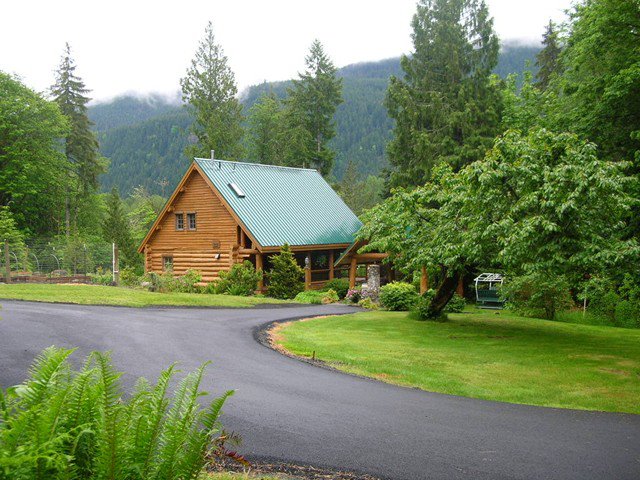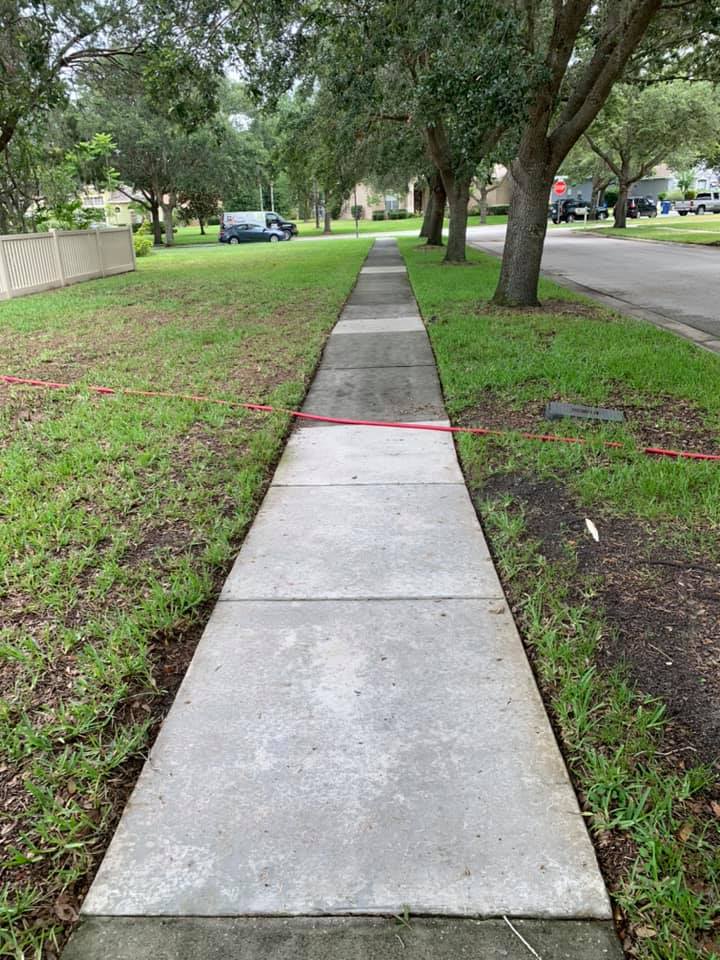Paving The Way To California
By Robert D. San Sousi
American trappers, drawn by the promise of fresh sources of fur, were the first to open overland trails to California.
By 1825, trapping parties had found many passes through the Rocky Mountains and had managed to get as far west as the valley of the Great Salt Lake (in present-day Utah). The California coast, on the other hand, had been visited only by ships sailing the Pacific Ocean or by those traveling north from the Spanish lands to the south. The land between America’s westernmost coastline and the Great Salt Lake was home to various Native American tribes. But it remained a vast, unknown area of mountains and deserts that no white man had ever crossed.
In the spring of 1826, the newly formed Rocky Mountain Fur Company decided to send the first overland trapping expedition to the California coast, which at that time was a province of Mexico. The group hoped to find new hunting grounds for beaver, as well as establish a post from which to ship furs to China and the East Coast of the United States, Jedediah Smith, a seasoned mountain man, led the journey. Setting out from the Great Salt Lake, Smith blazed the first of the key east-west trails that would open the way for pioneers from the Missouri frontier.

Starting out in mid-August 1826, Smith’s party of eighteen men and fifty horses, guided by two Indians, reached the San Gabriel mission (a part of present-day Los Angeles) at the end of November. The Francis-can missionaries at San Gabriel welcomed the travelers, but the Mexican governor would not allow them to remain in the area. So the expedition traveled north to the San Joaquin Valley, where they found hunting grounds. Untrapped beaver streams were flowing out of the Sierra Nevada Mountains, and deer and elk were plentiful. Leaving most of his party camped in California, Smith took two men with him and crossed back over the snow-covered Sierra Nevada Range. They returned to the fur traders’ rendezvous north of the Great Salt Lake.
A second party was organized, again led by Smith, who followed his original southern route through the Mojave Desert. This time, however, Indians attacked and killed more than half of the group. But Smith and seven survivors again reached the San Gabriel mission. The governor, who rightly feared that Smith was paving the way for American settlers to follow into California, briefly imprisoned Smith. Undaunted, Smith led his men north along the San Joaquin Valley, joined the members of his first party, and traveled by way of the Sacramento Valley to Oregon.
In the years that followed these expeditions, scores of trappers came to California-some to find their fortunes and some to settle down. In the early 1830s, a second southern trail-the Gila Trail from Santa Fe (in present-day New Mexico) to California-was established. In 1833, a party of explorers led by Joseph Walker left Salt Lake. The group made a grueling crossing of the Sierras and became the first white men to reach California’s Yosemite Valley. They finally reached the coastal settlement of Yerba Buena (later renamed San Francisco) in December 1833. Returning by a different route the following February, the travelers found Walker Pass (named for Joseph Walker) at the southern end of the Sierra Nevada Mountains. This completed the route for settlers that became known as the California Trail.
Shortly after 1840, American settlers began to follow the paths of the fur traders to the California coast. The first emigrants were lured by travelers’ tales and newspaper and magazine stories that featured California as the territory with the best harbors, the richest soil, and the healthiest climate in the world. Even more inviting to many newcomers was the report that the Mexican government charged only a small fee for a generous grant of fertile land for farming or pasture to those who would become Mexican citizens.
These tales had a tremendous impact on would-be pioneers.
The first overland emigrant party to head for California left the Kansas Territory in the spring of 1841. Led by John Bidwell, the thirty-three settlers included gentlemen, frontiersmen, missionaries, and schoolteachers- a cross section of American society at the time. The Bidwell-Bartleson party abandoned its wagons west of the Great Salt Lake. After many hardships, they reached the base of the Sierras, struggling across on foot and horse-back before the first heavy snows could trap them. About the same time, a second company of settlers reached the southern part of California by way of New Mexico. In 1843, Walker led the Chiles-Walker group through Walker Pass. But they, too, had to leave their wagons east of the Sierra Nevada Mountains in order to cross.
Finally, in 1844, Elisha Stephens led the first covered wagons from Council Bluffs, lowa Territory, to California. Hardships-even the tragedy of the Donner-Reed party in 1846-1847-could not slow the swelling streams of settlers that traveled overland seeking their piece of the California dream.


